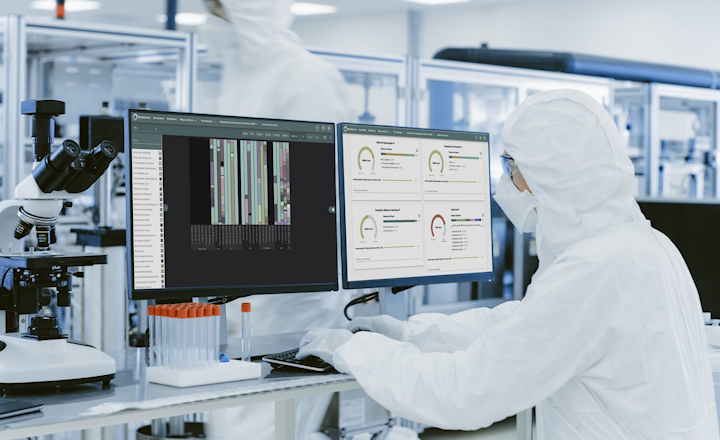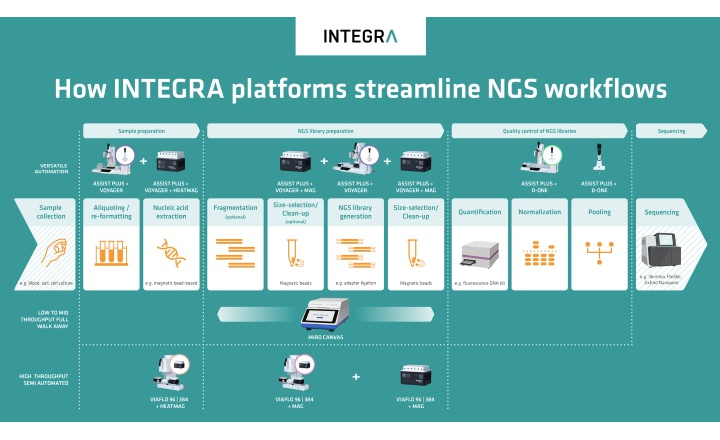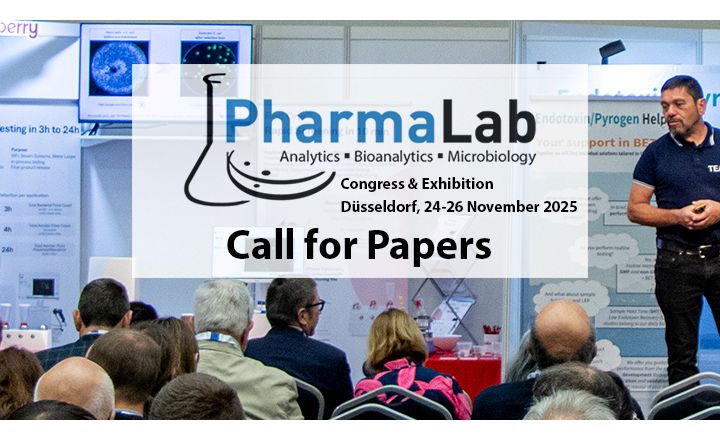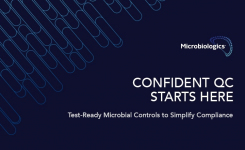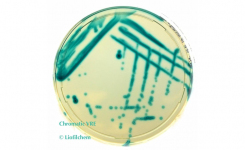Q: What is a metagenomic analysis?
A: Metagenomic analysis is the study of genetic material collected directly from complex samples containing a microbiome, for instance the GI tract, oral cavity, wastewater, soil samples, etc. Their aim is to understand the structure, function, and diversity of microbial communities present in these samples by examining their collective genetic material. Traditional microbiology methods enable detection only of a subset of microbes in a sample (only those organisms that can be cultured under laboratory conditions). Metagenomics overcomes this limitation by directly extracting and sequencing DNA or RNA from samples by NGS, thus providing a snapshot of the genetic content of the entire microbial community.
Q: Why is VeriFi™ Library Amplification Mix ideal for metagenomic analyses?
A: The mix generated 2% more deduplicated reads (or 2% fewer duplicated reads) in three different microbial genomes, compared to other dedicated library amplification mixes: KAPA HiFi HotStart Library Amplification Kit, NEBNext® Ultra™ II Q5® Master Mix, and Takara SeqAmp™ DNA Polymerase, in a blind experiment conducted by external testers. Depending on the sequencing platform used this could translate to 80,000-25 million more unique reads per dataset.
Additionally, the mix has demonstrably lower GC-bias than any competitor mix tested compared to >5 other mixes (see product page for details).
Q: Why it is important to reduce read duplication in NGS datasets for metagenomic analysis?
A: Accurate representation of microbial diversity: Duplicated reads arise when the same DNA fragment is sequenced multiple times, leading to an overestimation of the abundance of certain organisms and a distortion of the overall microbial composition. Minimizing duplicates allows for more accurate representation of the true microbial diversity.
Reliable abundance estimation: Duplicated reads can skew abundance estimates of microbial taxa. If a particular DNA fragment is overrepresented due to duplication, it will artificially inflate the abundance of the corresponding organism or gene, leading to erroneous conclusions about the relative abundance and importance of different taxa or functional genes. Reducing duplicated reads enables more reliable estimates of microbial abundance.
Enhanced statistical power: Metagenomic analyses often involve statistical comparisons between different samples or conditions. High levels of duplicated reads can introduce bias and reduce the statistical power of these analyses. Deduplication improves the accuracy of statistical tests.
Cost-effectiveness: Sequencing and analysing metagenomic data can be expensive, in terms of time and resources. Duplicated reads consume unnecessary sequencing capacity and computational resources without adding valuable information. Reducing duplication, reduces costs with more efficient data analysis.
Q: Why reducing GC-bias in metagenomic analyses is important?
A: Accurate representation of microbial diversity: GC-bias refers to the preferential amplification or sequencing of DNA fragments with specific GC content. Significant bias towards certain GC content ranges can cause inaccurate representation of the microbial diversity in the sample. Minimizing GC-bias ensures unbiased representation of microbial diversity.
Improved taxonomic and functional profiling: GC-bias can impact the accuracy of taxonomic and functional profiling of metagenomic data, because it can lead to false identifications and misclassification of microbial taxa. Similarly, functional genes associated with specific GC content ranges may be disproportionately represented, biasing functional profiling. By reducing GC-bias, reliability and accuracy of taxonomic and functional assignment is improved.
Enhanced comparative analyses: Metagenomic analyses often compare multiple samples or conditions. GC-bias can introduce systematic differences in read coverage and abundance estimates skewing sample comparisons. Minimizing GC-bias reduces the variability introduced by biased amplification and sequencing, improving comparisons and statistical analyses among samples.
Improved downstream analysis: GC-bias has implications for downstream analyses, such as assembly, gene prediction, and pathway reconstruction. Biased coverage and incorrect abundance estimations can affect the accuracy and reliability of these analyses. Reduced GC-bias improves the quality of downstream analysis and increases confidence in the biological insights derived from metagenomic data.
VeriFi™ Library Amplification Mix facilitates better quality library preparation by reducing GC-bias and enabling more efficient multiplexing. These, in turn, ensure metagenomic analyses provide accurate and meaningful insights into microbial communities.
To find more information, request a sample to test in your workflow, or get a quotation, visit our product webpage or use the Request Information button below to email the company directly.








